Registration and Setup Process for Making Tax Digital (MTD)
Making Tax Digital (MTD) is vital to the government’s plans to modernise tax administration and bring about a streamlined experience for taxpayers. This article is a detailed guide on registering and setting up the Making Tax Digital process, which benefits self-employed individuals, businesses, and landlords alike.
What is Making Tax Digital (MTD)?
MTD is an initiative by HMRC to make it easier for businesses and individuals to get their taxes right and keep on top of their affairs. It’sIt’s about transitioning from paper-based tax management to digital record-keeping and the online submission of tax returns.
Who Needs to Use Making Tax Digital?
As of April 2026, any landlord or business with an income above £10,000 must follow the MTD for Income Tax rules. This applies to both property income and business income. MTD for VAT is already in effect and requires VAT-registered businesses with a taxable turnover above the VAT threshold to keep digital records and send VAT returns using MTD-compatible software.
How do I register for MTD?
Registering for MTD is relatively straightforward. First, you need to create a Government Gateway user ID and password if you still need to create one. You can then use the online service to sign up for Making Tax Digital. Remember to have your National Insurance number and Unique Taxpayer Reference (UTR) ready, as you will need these during registration.
Using Making Tax Digital Software
The fundamental change with MTD is the need to use software to keep digital records and send income tax updates to HMRC. This means that more than spreadsheets and physical ledgers is required. The software must be compatible with HMRC’sHMRC’s systems. A list of approved Making Tax Digital software is available on the HMRC website.
MTD for Income Tax and VAT: Understanding the Difference
While MTD for VAT and MTD for Income Tax are based on the same principle of maintaining digital records and using software to submit returns, the details vary. MTD for VAT requires quarterly updates, while MTD for Income Tax Self Assessment (ITSA) requires updates every three months and a final tax calculation at the end of the year.
Key Takeaways:
- MTD is mandatory for businesses, landlords, and self-employed individuals with gross income above £10,000.
- Registration for MTD involves creating a Government Gateway ID and signing up online.
- MTD requires the use of compatible software for digital record-keeping and tax updates.
- The frequency and details of tax updates vary between MTD for VAT and Income Tax.
Navigating tax affairs can be simple. Making Tax Digital aims to simplify tax management and ensure accuracy. By familiarising yourself with the registration and setup process, you can be ready to meet the MTD requirements and stay on top of your tax obligations.


Request a call back
Let us know when you would like us to call you back by filling in this form:
Our 5 Star Reviews



Latest News

Making Tax Digital 2023: MPs Criticise Delays and Complexity
Explore the challenges and impacts of the UK’s Making Tax Digital initiative, including delays and the cost burden on taxpayers.

Making Tax Digital: Small Business Review
Making Tax Digital Small Business Review 2023: Understanding the Basics and Preparing for Change Introduction to Making Tax Digital (MTD) Since 1948, Jack Ross Chartered

Making Tax Digital: The Rising Costs and Challenges
Making Tax Digital: The Rising Costs and Challenges Introduction Making Tax Digital (MTD), the ambitious initiative by HM Revenue & Customs (HMRC) to digitise the
